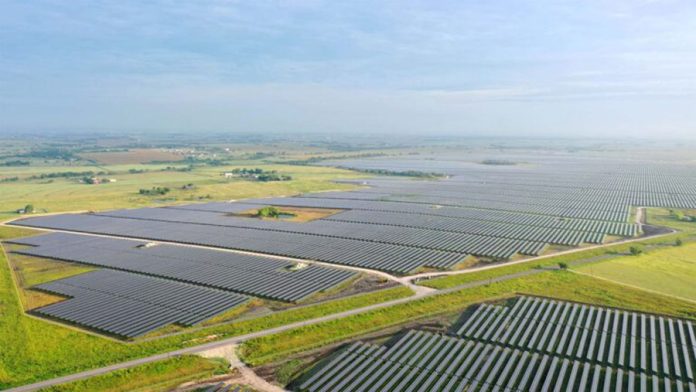West Virginia utility Appalachian Power released an RFP requesting 150MW of solar capacity in the state. Eligible projects must be at least 50MW in capacity, with the option to include a battery-energy storage system.
The RFP was issued as part of provisions set by West Virginia Senate Bill 583, a 2020 law focused on boosting renewable energy in the state. Project bids that are located on eligible sites as defined by Bill 583 will be given preference, said Appalachian Power. The sites include previous electrical generation facilities, industrial, manufacturing, or mining sites, brownfields, closed landfills, or hazardous waste sites.
Proposals are due by March 31st, 2022. The projects must be interconnected with the PJM regional transmission organization and operational by no later than December 15, 2025, to qualify for the federal investment tax credit.
This is the second large-scale procurement of solar onset by Bill 583, with the first resulting in a 50MW solar project in Berkeley County. “We are ready and eager to build on that success,” said Chris Beam, Appalachian Power president and COO.
Appalachian Power operates 5.9GW of renewable energy capacity. It has 1 million customers spanning Virginia, West Virginia, and Tennessee.
As part of its long-range plan to meet the renewable energy targets established by the Virginia Clean Economy Act (VCEA), the utility also intends to add approximately 3,300 MW of solar, 2,600 MW of energy storage and nearly 3,000 MW of onshore wind to its current portfolio by 2040. The VCEA requires all utilities operating within the commonwealth to file an annual plan with the Virginia State Corporation Commission (SCC) outlining how it will meet key mandates as it reaches 100% carbon-free status by 2050.
Earlier this year, Appalachian Power acquired the Firefly Energy solar project in Virginia, a 150MW project, and the utility’s largest to date. The project was developed by Recurrent Energy. Pending local and state permits and other regulatory approvals, construction of the project is expected to start in early 2023 and reach commercial operation in 2024.






